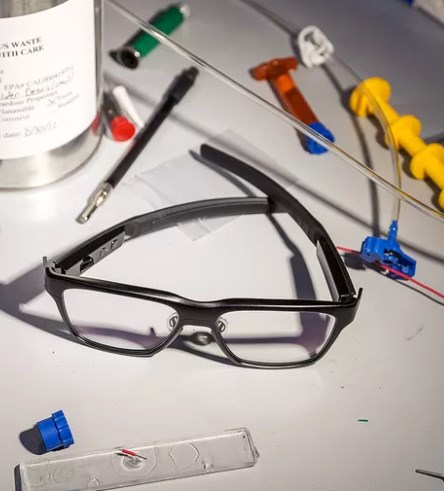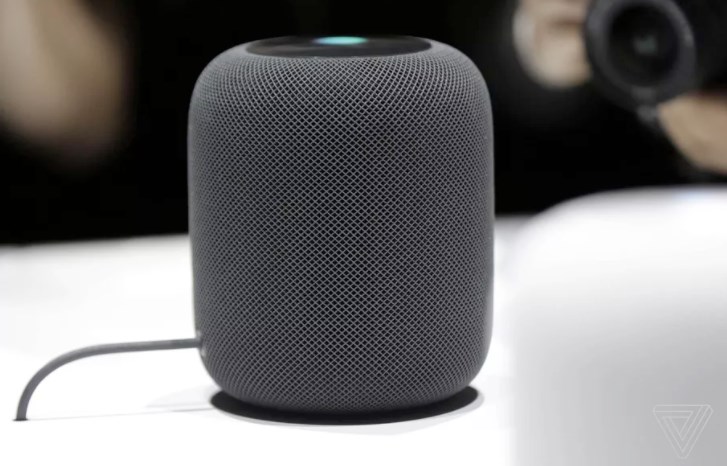Google kills off the Captcha, ensuring humans don’t need to see the most annoying thing on the internet

Google and Levi’s Project Jacquard jacket has restored my faith in wearables
March 15, 2017
In a few years new Quantum computers from IBM, Google and Microsoft will accelerate breakthroughs in chemistry and materials
March 20, 2017Google just killed the Captcha, perhaps the most obstructive thing on the entire internet.
For years, Captcha served as the primary way of telling humans and robots apart on the internet. It made sure that the person looking to access a website was actually a human being – ensuring that robots couldn't be used to send spam or flood a website with requests, for instance.
But over time, robots have gradually become too clever for the often simple tests – which early on required people to transcribe hard-to-read text. With that, the technologies have become more complex, too.
Google now says that its Captcha technology has become so clever that it doesn't even need to interact with humans at all. Instead, it can tell straight away whether it is dealing with a robot – and if it thinks it isn't, it will just let people straight through.
It is similar to the message that many internet users will already have seen, where a little tick box appears that says "I'm not a robot" and then lets the page load, which Google refers to as "No CAPTCHA re CAPTCHA". But that now just won't appear at all.
"Since the launch of No CAPTCHA reCAPTCHA, millions of internet users have been able to attest they are human with just a single click. Now we're taking it a step further and making it invisible," a message on the Google website reads. "Human users will be let through without seeing the "I'm not a robot" checkbox, while suspicious ones and bots still have to solve the challenges."
Initially, those humans have to sign up on Google's website.
Captcha – which light-heartedly stands for Completely Automated Public Turing test to tell Computers and Humans Apart – began life in the late 90s and has developed in a number of different ways since. Perhaps the biggest change is the way that it has been harnessed for other purposes – primarily showing people pictures of various things and asking them to identify what they are, so that same information can be fed into Google's artificially intelligent image recognition tools.
Early versions – which tended to show text that was very hard to read and ask the user to transcribe it – were criticised for being hard to read and discriminating against people with bad eyesight, for instance. Since then, developers have made a range of different tests, including the aforementioned image recognition quizzes as well as maths questions and others.
For years, Captcha served as the primary way of telling humans and robots apart on the internet. It made sure that the person looking to access a website was actually a human being – ensuring that robots couldn't be used to send spam or flood a website with requests, for instance.
But over time, robots have gradually become too clever for the often simple tests – which early on required people to transcribe hard-to-read text. With that, the technologies have become more complex, too.
Google now says that its Captcha technology has become so clever that it doesn't even need to interact with humans at all. Instead, it can tell straight away whether it is dealing with a robot – and if it thinks it isn't, it will just let people straight through.
It is similar to the message that many internet users will already have seen, where a little tick box appears that says "I'm not a robot" and then lets the page load, which Google refers to as "No CAPTCHA re CAPTCHA". But that now just won't appear at all.
"Since the launch of No CAPTCHA reCAPTCHA, millions of internet users have been able to attest they are human with just a single click. Now we're taking it a step further and making it invisible," a message on the Google website reads. "Human users will be let through without seeing the "I'm not a robot" checkbox, while suspicious ones and bots still have to solve the challenges."
Initially, those humans have to sign up on Google's website.
Captcha – which light-heartedly stands for Completely Automated Public Turing test to tell Computers and Humans Apart – began life in the late 90s and has developed in a number of different ways since. Perhaps the biggest change is the way that it has been harnessed for other purposes – primarily showing people pictures of various things and asking them to identify what they are, so that same information can be fed into Google's artificially intelligent image recognition tools.
Early versions – which tended to show text that was very hard to read and ask the user to transcribe it – were criticised for being hard to read and discriminating against people with bad eyesight, for instance. Since then, developers have made a range of different tests, including the aforementioned image recognition quizzes as well as maths questions and others.




